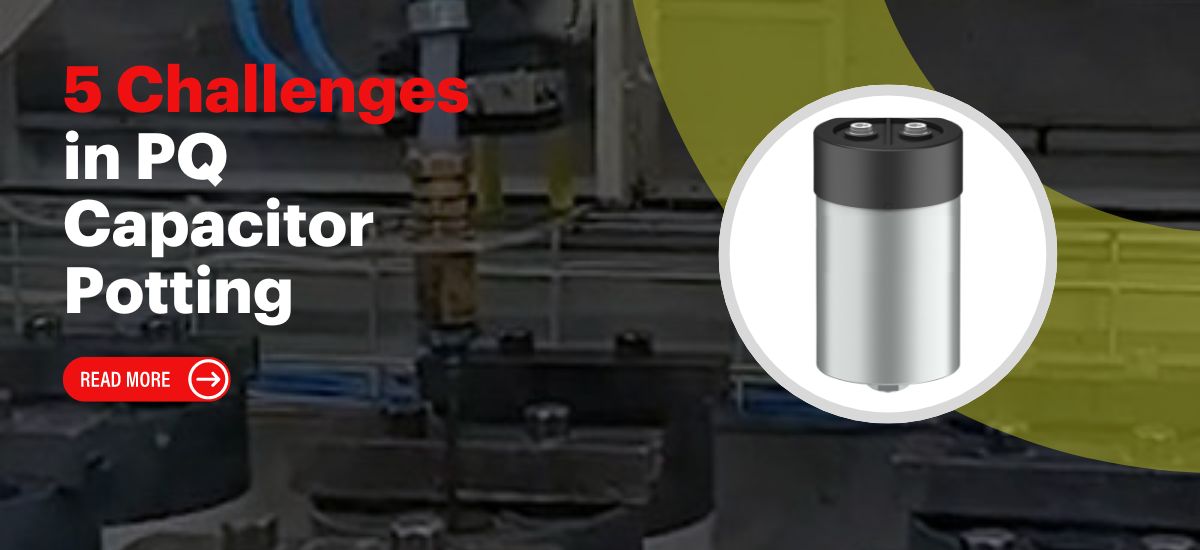Why Good Quality Potting is Critical
Top 5 Challenges in Capacitor Potting:
Air Entrapment and Voids:
Air bubbles and voids can form during potting, leading to weak points and reduced performance.
Inconsistent Resin Coverage:
Ensuring uniform resin coverage can be challenging, potentially leaving areas exposed and vulnerable.
Thermal Management:
Inefficient thermal management can cause hotspots, resulting in thermal stress and potential failure.
Moisture and Contamination:
Trapped moisture and contaminants can lead to corrosion and electrical failures.
Mechanical Stress:
Mechanical stresses during curing can cause cracks and structural issues.
How Twin's Vacuum Potting Solves These Issues:
Twin’s Vacuum potting has proven to be an effective solution to these challenges. Here’s how:
Eliminates Air Entrapment: By creating a vacuum environment, air bubbles are removed, ensuring a void-free potting process.
Ensures Consistent Resin Coverage: The vacuum reduces the viscosity of the potting compound, leading to uniform coverage of all components.
Improves Thermal Management: Removing air pockets enhances thermal conductivity, facilitating better heat dissipation.
Prevents Moisture and Contamination: The vacuum environment ensures a clean, dry encapsulation process, improving long-term reliability.
Reduces Mechanical Stress: Even distribution of the potting compound under vacuum minimizes mechanical stress, resulting in a robust encapsulation.
Twin Engineers' Expertise in Vacuum Potting
At Twin Engineers, we have been instrumental in solving these potting challenges through vacuum potting technology. Our expertise ensures that each PQ Capacitor is potted with precision and care, meeting the highest standards of quality and performance.
Our team possesses the technical know-how to operationalize vacuum potting, helping clients at every step. We provide comprehensive support, from selecting the right materials to setting up the potting process, ensuring seamless integration into your manufacturing line.

